Admit it. Music just makes everything better. We’re all guilty of getting lost in our favourite songs, regardless of the genre. From being a companion during travel, tough days at work to a stroll on a sandy beach, music can brighten up even the gloomiest of days. But, have you ever wondered how you’d describe audio if someone asked you to? How does one effectively identify and explain what they listen to? If you don’t know the lingo, it can be a daunting task indeed. Audio, like any other subject, comes with an ocean of terminology that will allow you to express and communicate with fellow audiophiles.
We at Headphone Zone are here to help you give you a simplified understanding of an array of common terms used by audiophiles. We’ve compiled a list of terms that should get you started, nicely. Now you can be a pro too. *wink* well, almost. Without further ado, let us take you through!
Bass
*/beis/ noun
We bet you know this one! Simply put, it’s the audio frequencies between about 60Hz and 250Hz - the lower end of the entire set of frequencies that humans can hear ( which is 20Hz to 20kHz by the way). Ideally, a good bass output is when it is heard clear and crisp and most importantly, doesn’t overwhelm the overall sound of a song. ‘Boomy’ and ‘muddy’ are other ways to describe bass negatively.Highs
*/hais/ noun
Highs are the upper part of the audio frequency spectrum. The notes of a standard flute or violin are good examples of highs in a song. Dominating highs tend to make the audio sound ‘bright’ or ‘harsh’ and will probably leave you making weird faces - think of it like biting into the audio equivalent of a lemon! Not pleasant right? A song with good highs instead makes it sound ‘lush’ or ‘sweet’.Mids
*/mids/ noun
The mids are frequencies that let you hear the pivotal portion of your musical piece. It is the main body which includes the vocals and other instruments such as guitars and flutes. An undesirable mid-range can be described as being ‘coloured’, ‘chesty’ (clouded output). Regardless of the genre, mids can make or break the overall output and they can be pretty sneaky, i.e. difficult to detect when they’re being troublesome.Airy
*/eri/ adjective
Airy is the term that is usually used to describe the openness and room that is present in Open-back headphones. When your audio feels like it transcends through a spacious distance and not just one direction, it can be described as airy. This term is mostly used to describe the performance of open-back headphones like Audeze LCD-3, Beyerdynamic T 5 P, HiFiman HE400i among others.Natural
*/natch-erel/ adjective
This right here, is the holy grail that all audio equipment (speakers, amplifiers, DACs, headphones and others) aim to achieve: to reproduce audio as it is made naturally. If the audio output of say, a guitar piece on a pair of headphones sounds just the way it would sound if a musician played it right in front of you, then it’s described as ‘natural’. There is absolutely no two ways about this.Analytical
*/ana-litikel/ adjective
This term is usually used to define the ‘detail’ aspect of an audio output. Being able to clearly hear the many elements of a song and distinguish between them is a mark of a good pair of headphones. But too much of the same is an undesired effect. This over-emphasis on detail is known as ‘Analytical’. This is a slightly complex term to understand but keep listening to songs on a good system via a good source, and you’ll grasp it one day.Balance
*/bal-ens/ noun
When the audio output does not lean towards any particular frequency such as the highs or the bass, you have a ‘balanced’ output. A properly tuned headphone will play a Skrillex song without letting the bass drops dominate the highs and mids, thus creating a well-balanced output. Hence, the unbalanced output would mean that any one of the frequencies is dominating and thus messing up the overall sound of a song.Bloat
*/blout/ noun
Bloat is an unwanted attribute to criticise mid-bass. It means that mid-bass is excessive and shabby to an extent that it sounds poorly tuned. Simply put, like a chubby fella, the bass is bloated and not moving as well as the other frequencies. For instance if the sound of a bass drum of a rock song is heard even after you know the beat has moved on, the bass is then described as ‘bloated’. Another synonym that can be used is ‘muddy’.Bright
*/briet/ adjective
Bright or Brightness is a term usually associated with treble or the higher frequencies. It makes the highs peak out, thereby making your audio sound more entertaining and enjoyable. Most music enthusiasts love bright sounding headphones, however, if overdone, your music can sound terribly sparkled. Then again, just like audio, brightness is a relative term and can cause wars between people who love it and abhor it. It’s a thin line that has no clear winners, just personal taste.Congestion
*/kan-ges-shan/ adjective
Just like the air get congested, your audio too can sound congested. Think of your audio that passes through a pipe and is overlapped by each other. The audio sounds muffled and in turn, clarity suffers. Check your audio source, connections or amplifiers for errors as they are the usual culprits. Your music must breathe free, to set you free.Crisp
*/krisp/ adjective
Crisp can be used as a descriptor for audio that is precise and on-point. Every little tone is articulate and produced with high-level of accuracy. This can be a mixture of detail, clarity and some other factors. To make things very simple, if it sounds clear, it’s crisp, like the crunch of a good potato chip breaking.Dark
*/dak/ adjective
The audio sounds dark where the higher frequency is weak and sounds less prominent. It can be described as the opposite of the bright audio signature. Think of it as higher frequencies being asked to wait in the green room while the rest of the frequencies are galavanting about on the main stage. Unfair right? We think so too.Decay
*/di-kay/ noun
Decay is the rate at which the audio note fades away. For example - Strum the string of a guitar, the length at which the note plays before it naturally fades is the time taken to decay. A good audio output will mimic the decay of all the aspects of a song and thus, will be described as having a good decay. Are frequencies staying around for longer than natural? Not good.DEPTH
*/dep/ noun
Depth is the spacing between the instruments in terms of distance, near to far. The better the depth, the better will be your sense of sound. This comes under the term soundstage and can better define soundstage of a headphone. A subtle term, depth but important nonetheless.Detail
*/di-teil/ noun
Detailed audio can to be attributed to the sharpness in the transient response of your audio. Every note can be heard and is present in a detailed piece of music. So even if you are listening to some Bach or a symphonic orchestra, a headphone with good detail will allow you to pay attention to individual instruments, even when everything is being played together.Forward
*/for-werd/ adjective
The audio is presented to you in a more intense fashion. You feel your sound coming at you. It can be described as a more aggressive form of sonic reproduction that is forced upon the listener. A forward sound is the opposite of relaxed audio. This is an undesired quality and usually due to an amplifier that is driving the audio way too aggressively.Fun
*/fun/ adjective
Fun audio is the kind of audio reproduction that is preferred by many music lovers, especially Indian music enthusiast. It mostly refers to music that is heavy on the lower-end. Fun audio is appealing if you merely wish to get entertained with your audio. Purists stay away from fun sounding headphones as the bass and highs are energetic, but the mids sound recessed.Coloured
*/kal-erd/ adjective
Coloured sound is one where certain frequencies are played back at higher or lower volumes, drifting away from the natural recording. Every headphone is coloured to a degree, but you’ll find higher-end headphones to be less coloured, delivering audio as recorded by the artists meaning they sound more ‘Natural’. Aha! Remember natural? Came in handy now didn’t it? Good on you, you’re learning!Harsh
*/har-sh/ adjective
Harsh is a term that is used to describe audio that is rough and abrasive. The treble is tweaked to an extent where it sounds jarring. The added peak to the higher-end makes for an unpleasant audio quality. Your ears are precious sensitive gateways to audio nirvana and must be treated with respect and care. Quit playing songs on insanely loud volumes Right Now! That's a whole another form of harshness but harsh nonetheless.Imaging
*/imag-ing/ noun
Imaging is the positioning and placement of vocals or instruments in a room. Think of this as elements placed in a sitting area. The better the placement, much better is the look of the room. Similarly, when the vocals and instruments are placed in the right position, the imaging is better. Think mental image when we talk about imaging. That’ll help a lot.Lush
*/lash/ adjective
Lush is a tone that is rich and tops in finesse. The audio has a warmth and a sense of fullness. Its overall presentation encompasses the listen and will make one want to listen to more. As mentioned earlier this can also be used to describe an output that has good highs.Microphonics
*/micro-fonics/ noun
Have you ever heard a strange disturbing sound when your headphone cable rubs against something? That blaring sound is called microphonics. This soils and dampens your audio experience, making for a not so enjoyable sonic output. Headphones with high microphonics are a big no. Seriously, just check the connections ASAP when this happens.Muddy
*/madi/ adjective
Muddy is a term that is used to describe frequencies that are distorted and unclear. The harmonics sound weak and smeared to an extent that the audio does not sound appealing to the ear. It is the opposite of detailed and crisp tones. Think of it like static on a TV versus a 4K output that is desirable.Openess
*/opp-e-nnis/ adjective
Open sound is one that has plenty of air, so your audio can breathe. The sound has enough width and height. There is a spacious sense between instruments and vocals. The audio seems to have a body that is natural and at ease and doesn’t seem like it’s coming from a cramped space.Punch
*/pan-tch/ adjective
Punch can be described as the impact in which your audio is presented. It is the bump that is reproduced, making for a good reproduction of the dynamics. If your song has to express itself properly, the headphone must pack in the right amount of punch. Capiche?Sibilant
*/sibi-lent/ adjective
Ever heard a hissing sound, like an exaggerated ‘shhhh’ in the vocals of your audio? That is the sibilance or sibilant audio. The peak to your audio makes for a very unpleasant audio experience that sounds irritating to the ear. While this quality is required naturally, too much of sibilance might make you feel like punching the vocalist.Sound Signature
*/saund-sig-ne-chure/ noun
Sound signature is a term that is used to describe the tonal tuning of a particular headphone or audio device. It is the sound of a headphone as a result of the frequency response of the device. Headphones have varied sound signatures such as bass-heavy, neutral, etc. The sound signature of a headphone is an important aspect to consider when selecting one.Timbre
*/tim-ber/ noun
Timbre is the tonal character of a note or an instrument. The quality that distincts one note from another.Transparent
*/tran-spae-rint/ adjective
Transparent audio is one that is as clear and crisp as it gets. It is music that is easy to hear and detailed to enable your ear to listen to every ounce of clarity. There is no peak to any of the frequencies and is reproduced as is. Transparency is not very different from clarity.Warmth
*/wom-th/ adjective
A warm sound signature is one that is pleasant with synchronised tones, while the vocals are extremely engaging. All the harmonic fundamentals are adequate and not spiked to sound overemphasised.
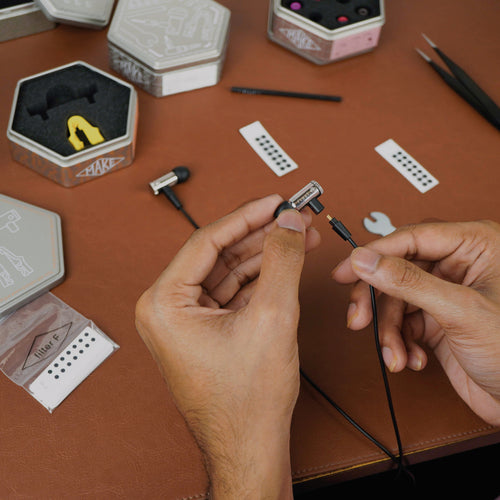
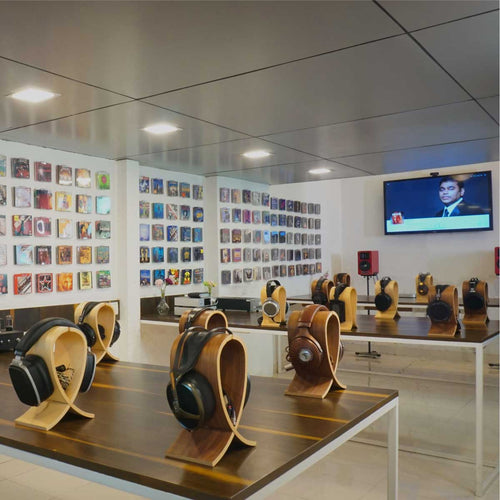
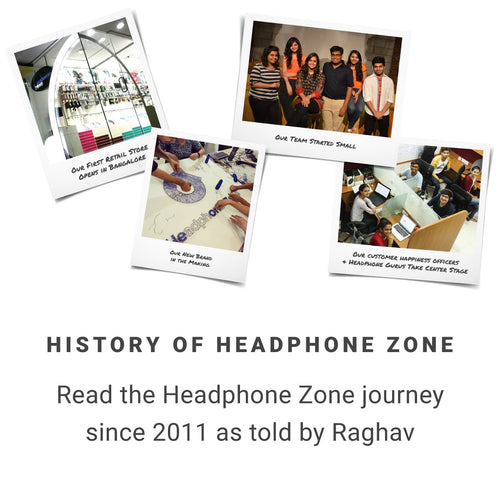

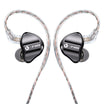

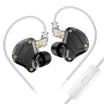
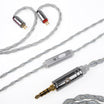
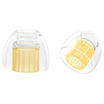


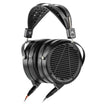
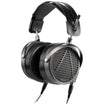

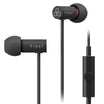
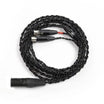

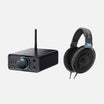
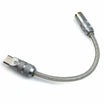
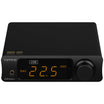
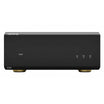

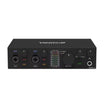





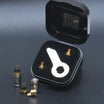
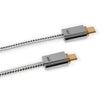
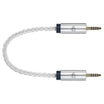
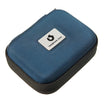
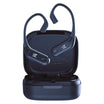

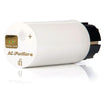
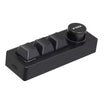
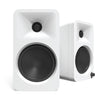
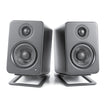
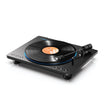
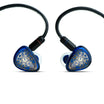
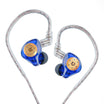
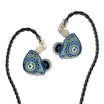

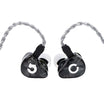
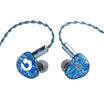
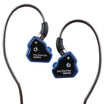
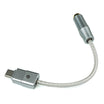
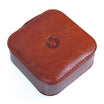
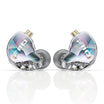
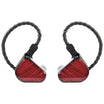
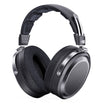
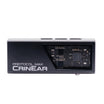
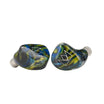


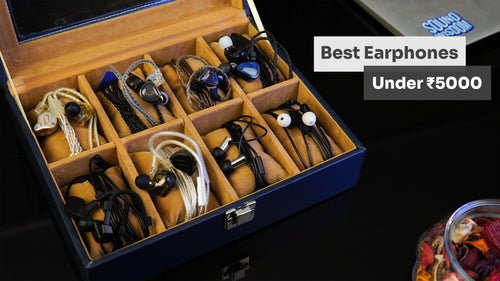
Leave a comment
This site is protected by hCaptcha and the hCaptcha Privacy Policy and Terms of Service apply.